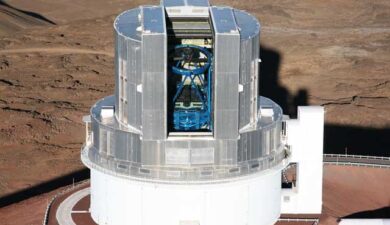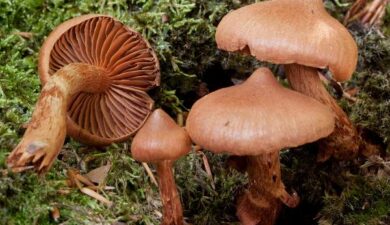Mixed Reality (XR) and the Metaverse: The Future of Digital Interaction
In the rapidly evolving digital landscape, Mixed Reality (XR) and Metaverse have emerged as transformative technologies reshaping how humans interact with the digital and physical worlds. The integration of Virtual…












